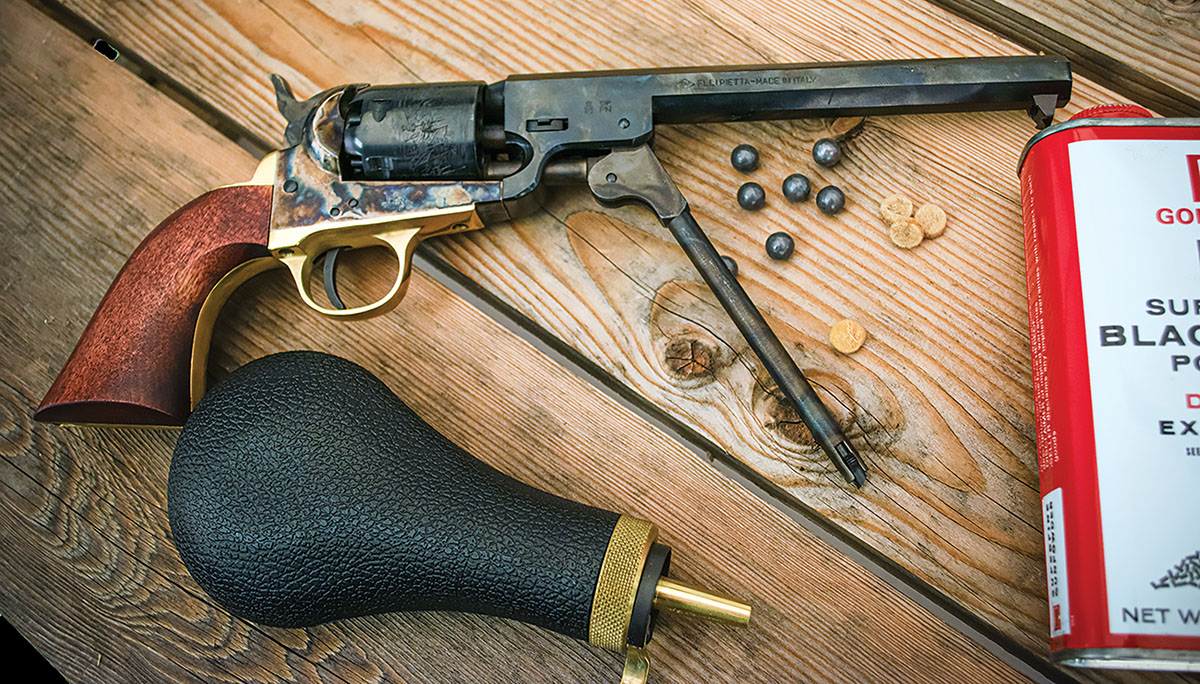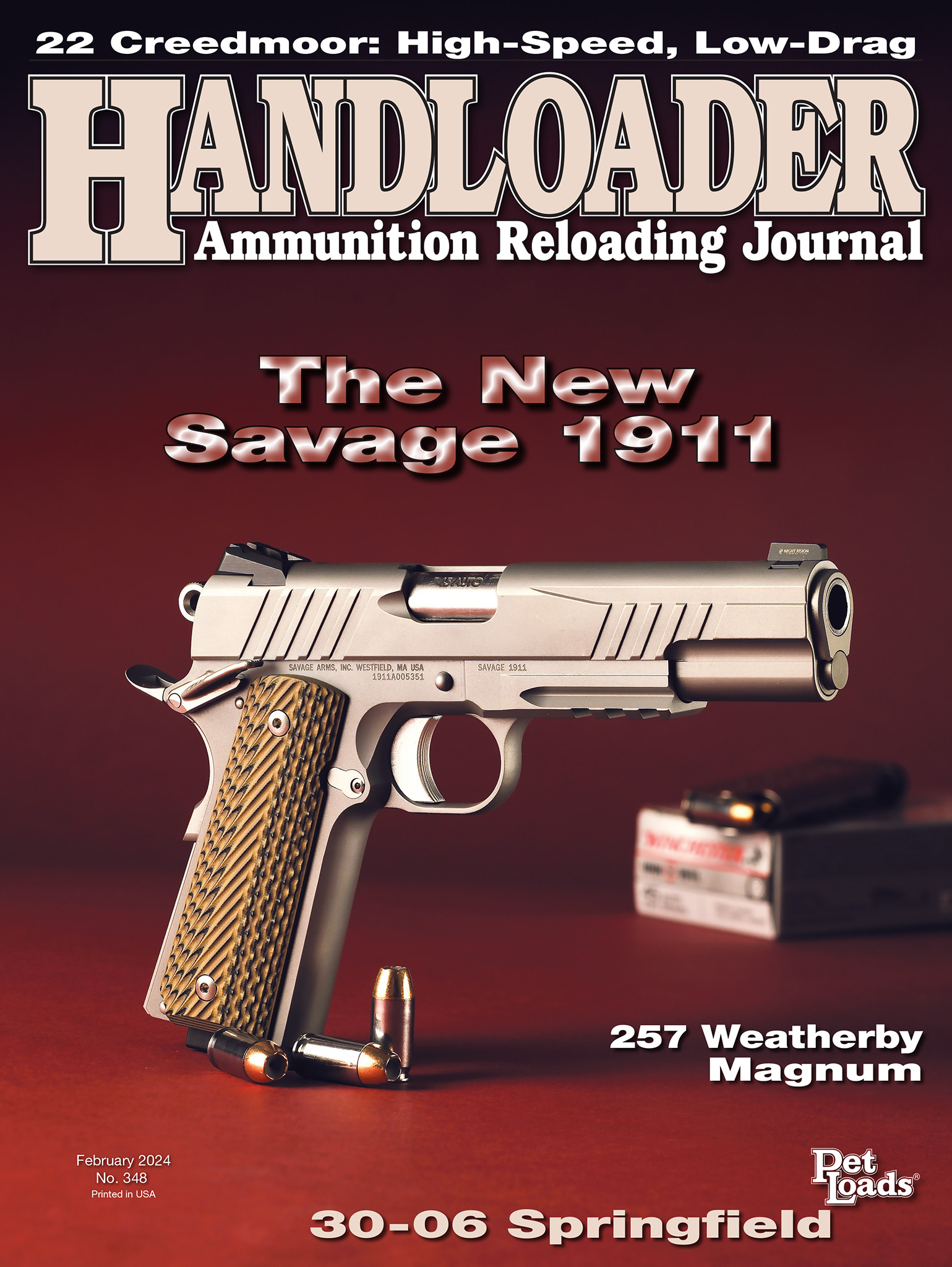Caliber Confusion
Why Are 38s .36 Caliber?
feature By: Rob Behr | February, 24
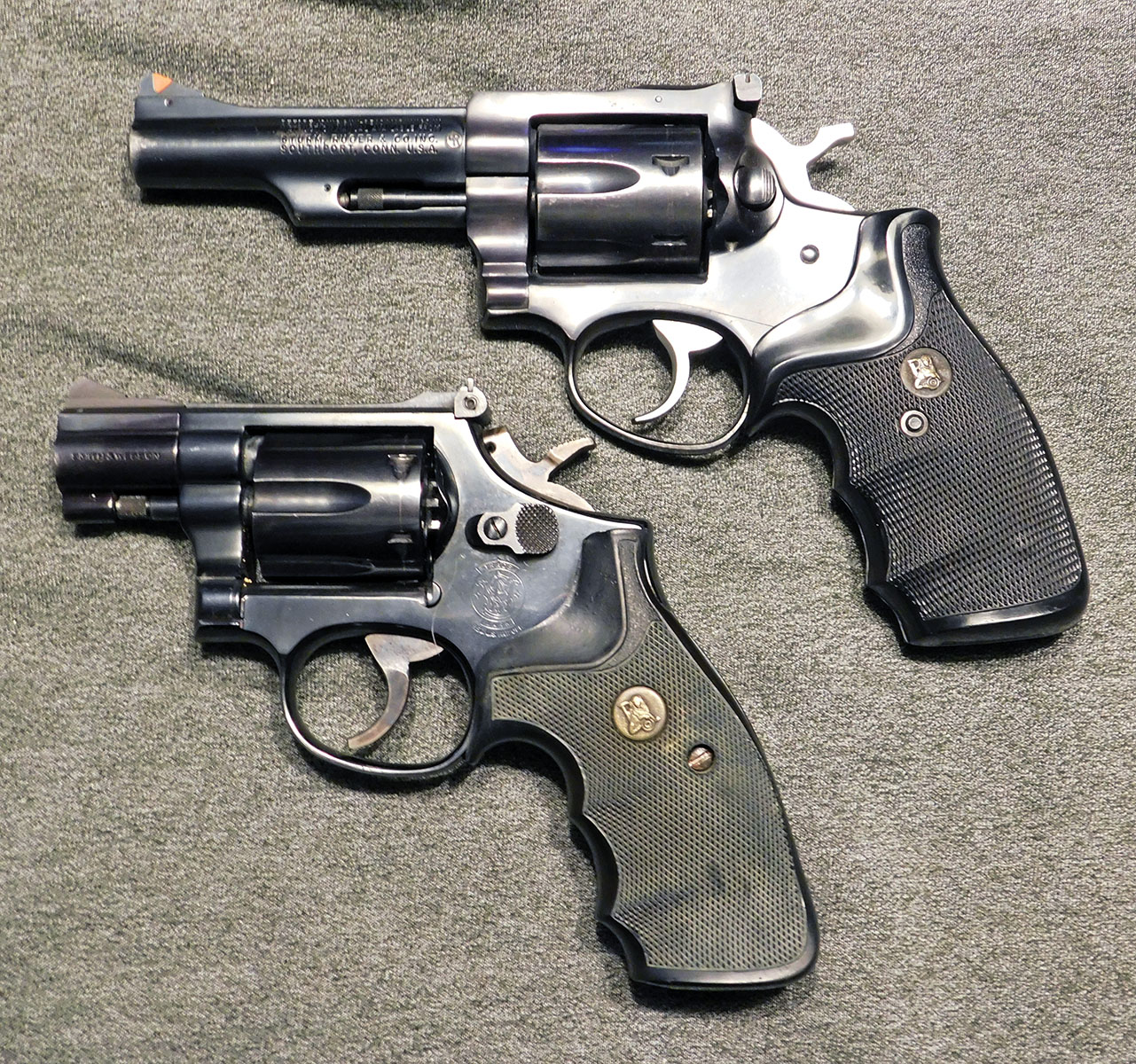
A few years ago, I received a phone call from a lawyer I had worked with on several homicide cases. He is one of the finest people I’ve ever met. He was raised on a ranch in Montana and has more than a passing acquaintance with firearms. He was in town and offered to take me to lunch. The hook was that he had a firearms-related question on a case and wanted to talk with me about it. Being hungry, and typically reduced to offering firearms-related prattle for free, I leapt at the chance.
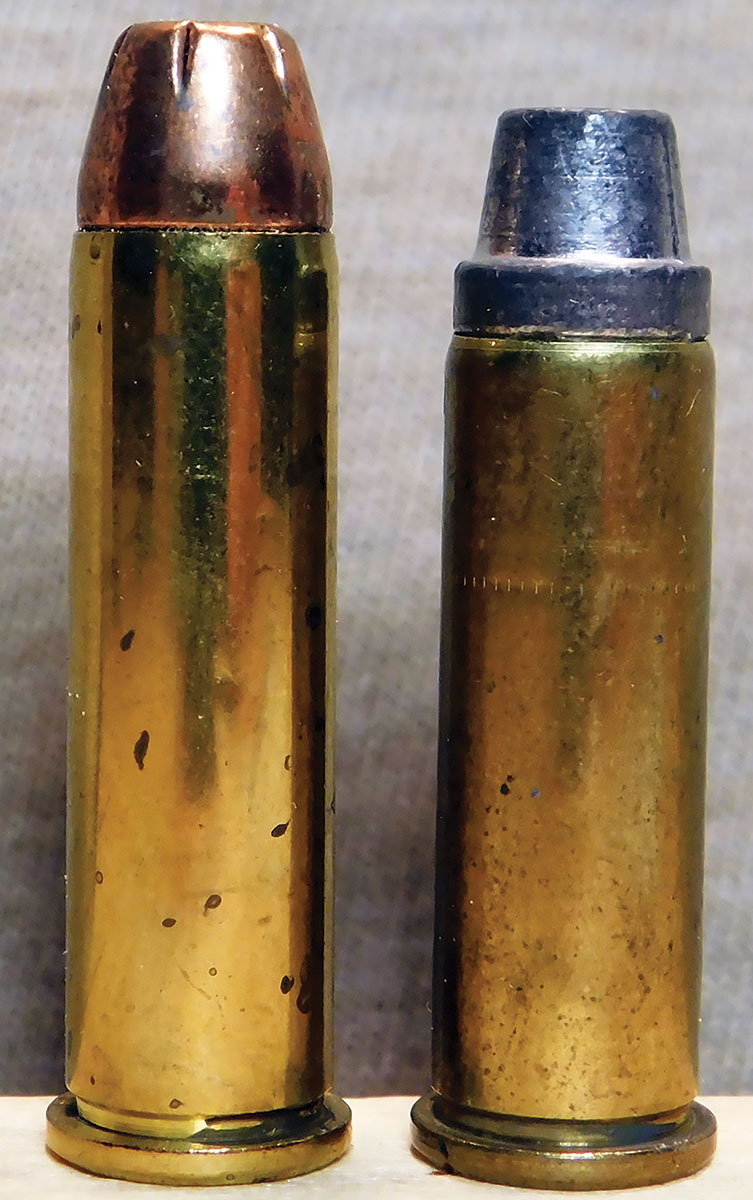
Here is an important tip to anyone who plans to earn a living in ballistic forensics: never turn down a free lunch. It is also nice to have an understanding and well-employed wife. When we met at the restaurant, my friend was accompanied by the co-attorney on the case who was introduced to me as a former military judge advocate general’s (JAG) lawyer. Once we were seated, they gave me a summary of their case.
A projectile had been recovered from a crime scene and eventually identified by the Montana Crime Lab as a .357-caliber bullet. He showed me the crime lab’s report and sure enough, in black and white, it said the bullet had measured .357 inch. Here is another good tip: keep your mouth shut as long as you can and let the guy tell his story.
My friend then told me that the handgun recovered from the scene had been a 38 Special. He then looked at me expectantly. Please reference the above tip. Luckily, the waiter arrived to deliver a basket of chips and asked about our order. This is the most important tip of all: never answer a question of this type before the order has been placed. If you answer a question like this with the disappointing response it requires, you may not be fed. Never risk a free lunch.
When I told them that the 38 Special used .357-caliber bullets, the co-counsel reminded me, swelling with self-confidence, that he had been a JAG lawyer in the military. He also knew that 357 Magnums cannot be fired from a 38 Special revolver. He had me there. He also had a bad case of “caliber confusion.”
Of course, the crime lab had not told them that a 357 Magnum handgun had been used, although it certainly could have been. They had simply provided the diameter of the bullet that was recovered at the scene. It is notable that the lawyer knew you could not fire 357 Magnums from a 38 Special. He was also aware that you could fire 38 Specials in a 357 Magnum handgun. He was simply unable to make the obvious leap that both cartridges are the same caliber with different chamber dimensions. The use of caliber to describe certain cartridges is simple shooter’s shorthand, but it can be misleading. The hard fact is that barrels and bullets have calibers. Chambers and cartridges have names.
A cartridge consists of a bullet, propellant, primer and the case itself. From the viewpoint of a ballistician, the internal ballistic is determined by dynamic forces produced within the chamber. Once the bullet has left the barrel, the only hallmark left of these internal forces is the velocity. It would be very difficult for a ballistician to tell you unequivocally what cartridge propelled a bullet down range unless it was matched to a specific firearm and even then, in the instance of a handgun chambered in 357 Magnum, it would be difficult to tell if it had been fired using a 38 Special cartridge. Typically, the fired casing would have to be recovered to offer a real insight into which cartridge had been used.
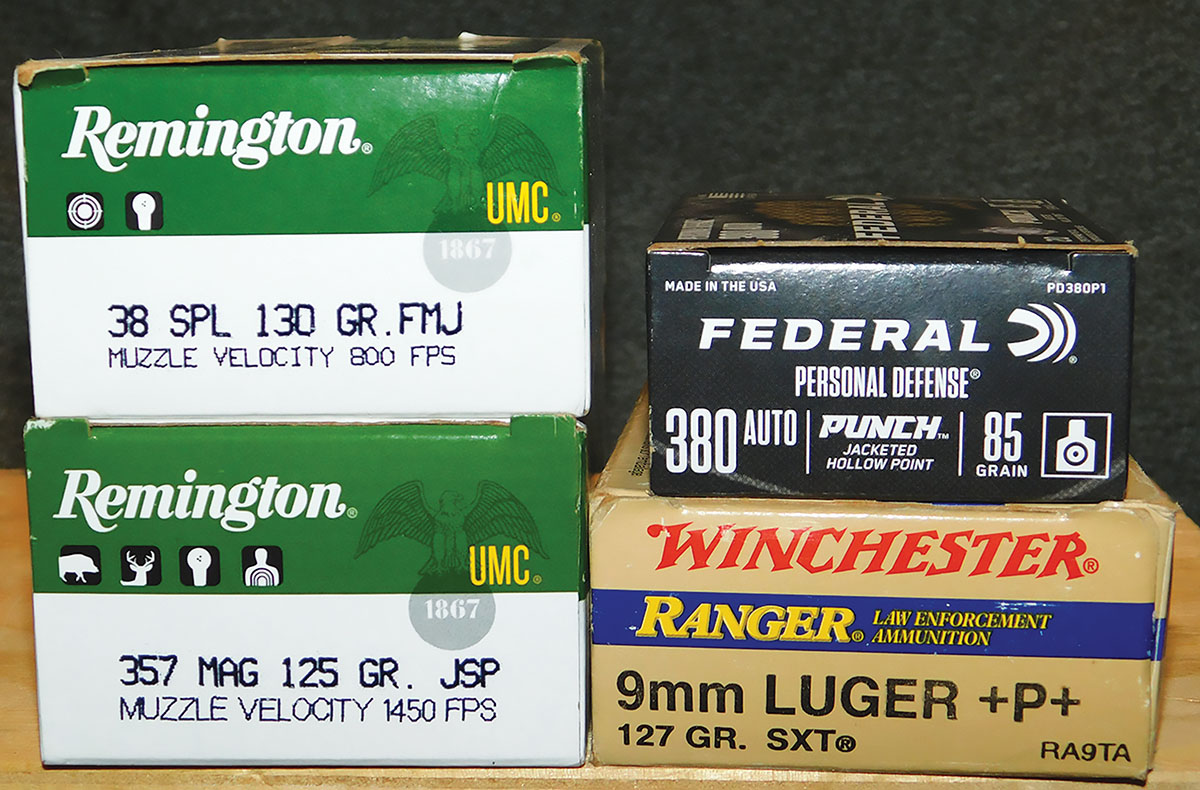
In this specific case, the evidence locker likely held a 38 Special revolver and a newly identified .357-caliber bullet recovered from the crime scene. This bullet could be compared to the handgun’s rifling by comparative analysis to exclude it as having come from the suspect firearm or include it on some level as a match to that specific barrel. From a ballistics standpoint, the case was closed, and lunch was finished. There would have been no free lunch at all if they had been more familiar with cartridge nomenclature and the weird individual histories of how cartridges are named.
A Brief History of the 357 Smith & Wesson Magnum
On one level, it is easy to explain the history of the 38 Special and the role it played in the creation of the 357 Magnum. Despite the difference in lengths, the 38 Special is truly the parent case of the 357 Magnum. High-pressure 38 Special loadings, explored by several influential wildcatters gave way to specialized commercial loadings for handguns like the 38/44 Smith & Wesson Heavy Duty. The 38/44 designation indicated that this pistol, using a 44 Special frame, was intended for use with high-pressure 38 Specials. These handguns bridged the gap between the 38 Special and the 357 Magnums that would be released a few years later in 1934.
When released, the commercial 357 Magnum cartridges were designed with a slightly longer case to prevent chambering in 38 Special revolvers. Since both cartridges share the same caliber, case diameter and headspace, 38 Specials will fit and fire safely in 357 Magnums. To be fair to my dining partners, what really confused him was that one caliber would seem to be .380-inch in diameter and the other .357 inch. If that wasn’t the case, why would they have such different names? The answer lies in the popularity of .36-caliber cap-and-ball revolvers, the beginnings of the metallic cartridge age and finally, the invention of internally lubricated bullets.
Why 38 Revolvers are .36 Caliber
The Colt Paterson revolver was the first commercial revolver, hitting the scene in early 1836. It was made in .28-, .31- and .36-caliber versions. It failed, but a later .36-caliber Colt, the 1851 Navy, became a world-standard revolver. The 1851 and its variants were still in service with shootists including Wild Bill Hickok well into the metallic cartridge age.
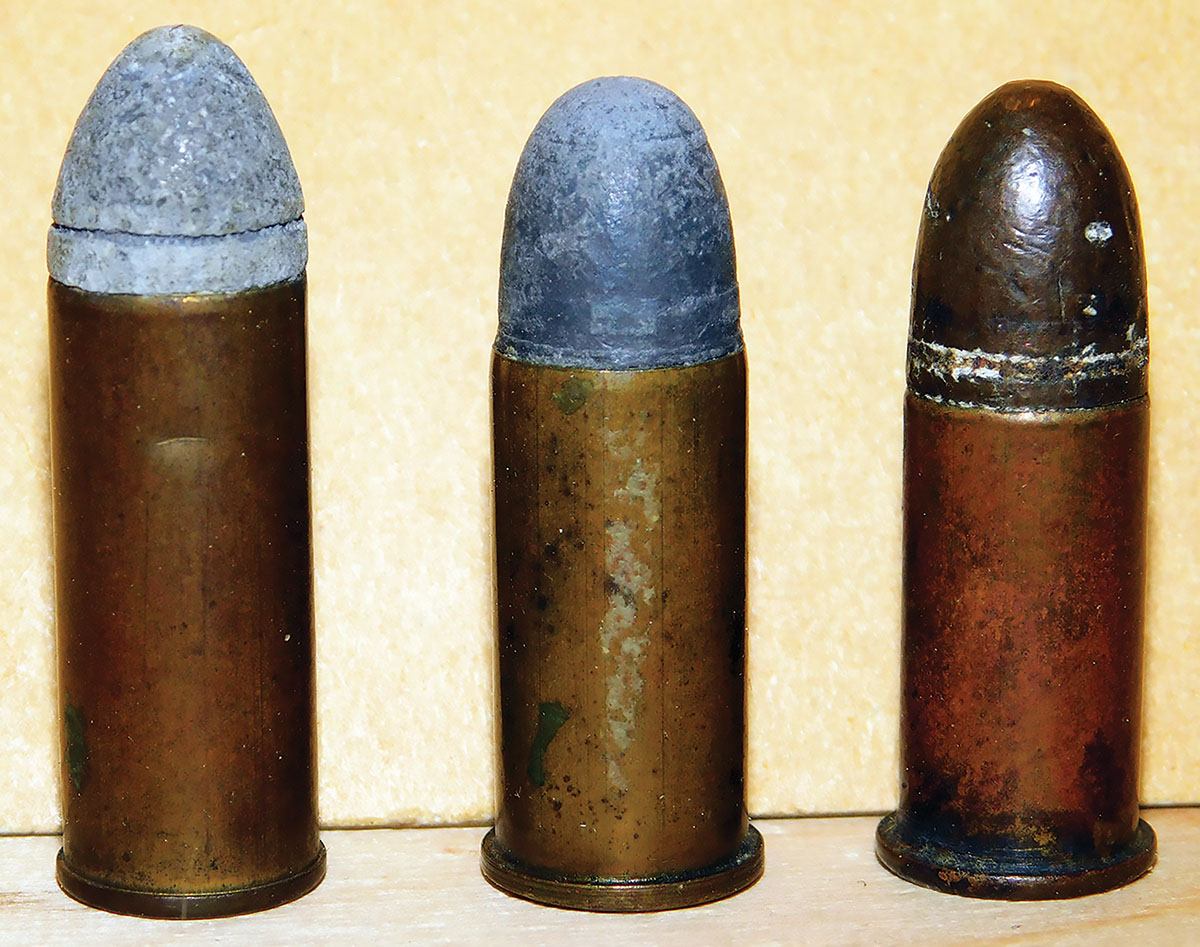
Unlike the current American system that assigns caliber by measuring from the bottom of the groove to the bottom of the opposite groove, these calibers were assigned by bore diameter. This measurement, taken from the top of the land to the top of the opposite land varies between .371 inch to about .365 inch in the 1851 Colts. The bottom of the groove dimensions were quite large running around .379 inch. Modern Uberti replicas use a bore measuring .360 inch and grooves that measure .384 inch. By our current system, the bullet diameter would be considered to be in the neighborhood of .380 caliber.
When Colt finally began to offer metallic cartridge revolvers – after the lapse of the Rollin White patent on bored-through, rear-loading cylinders – converting their well-loved .36-caliber revolvers to metallic cartridges was a priority. The problem was that a cartridge occupied some of the cylinder space that had been previously filled only by the powder and bullet in a converted cap-and-ball revolver. The bullet itself could not be fitted completely inside the case because it would be severely undersized to the bore. The answer to this problem was a heeled bullet.
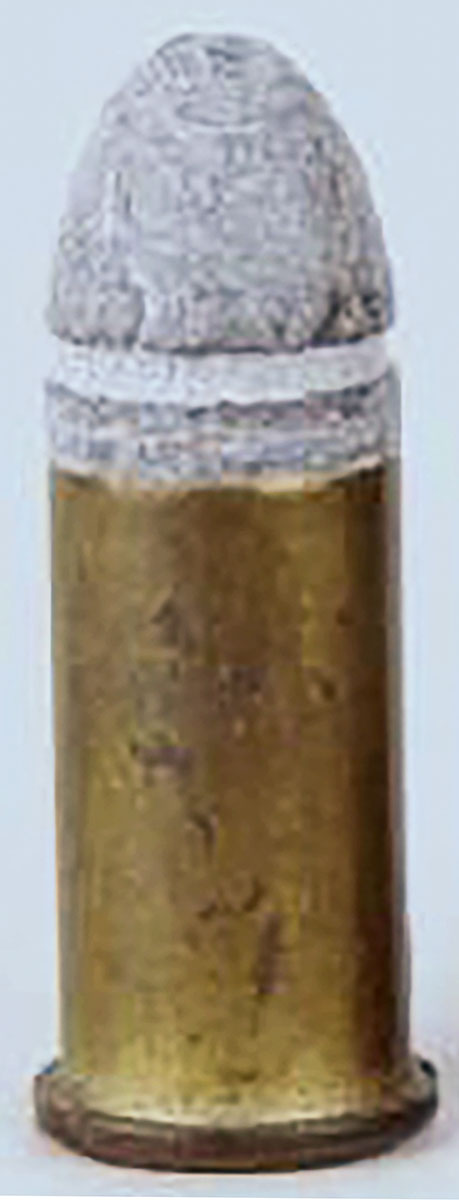
Heeled bullets use a major diameter that matches the outside diameter of the case, with an inner portion, the heel, which is small enough to fit inside the cartridge. These bullets were about .380-inch diameter, conforming to the available space within the modified cylinder. They were held in place by a heel of about .360 inch that could be inserted and crimped inside the case. Once fired, the bullet performed like the cap-and-ball projectile, swaging into the rifling once it left the cylinder. This cartridge, the 38 Short Colt, was measured by the external bullet diameter rather than the heel. Naming it a .38 caliber made perfect sense. This cartridge shares a direct lineage to the 38 Special. It fell to a Russian general to take the final step that would reduce .38-caliber cartridges to our modern .357-diameter bullet.
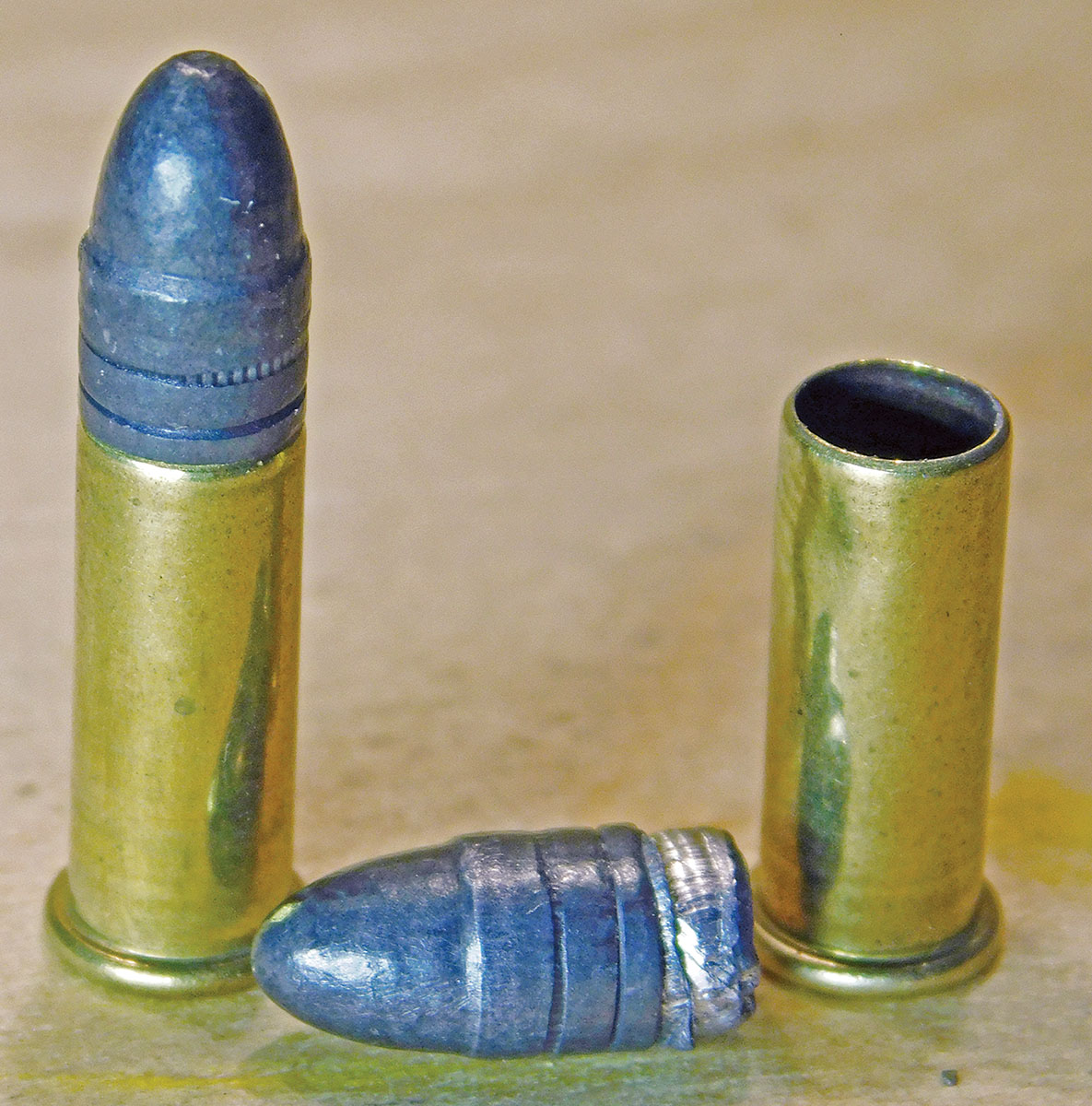
General Alexander Gorloff liked the look of the Smith & Wesson Model 3 revolver, and as the Russian military attaché in Washington D.C. during the early 1870s, he was in a position to do something about it. His main reservation was that the standard cartridge for the Model 3, which at that time, was in service with the U.S. Army, used an externally lubricated, heel-type bullet. As an aside, for those of you who really like history, it was an 8-inch variant of this revolver and its 44 American cartridge that was used by Wyatt Earp at the O.K. Corral in 1881.
If you have ever carried a pocket full of 22 Long Rifle cartridges for very long, the general’s reservations will seem well-founded. External lubrication readily picks up dust, grit and lint. Conditions on a battlefield only multiply that problem, potentially causing firearm damage or failure. Gorloff’s contract stipulated that any Smith & Wesson submission for the Russian service revolver must use a new type of bullet that was not externally lubricated.
Smith & Wesson’s response to was to reduce the diameter of the bullet to .429 inch, a number familiar to any 44 Remington Magnum revolver handloader. By making the bearing surface of the bullet the same as the internal diameter of the case, the grease grooves were protected from contamination while having direct contact with the bore. It is the system that is still in use today.
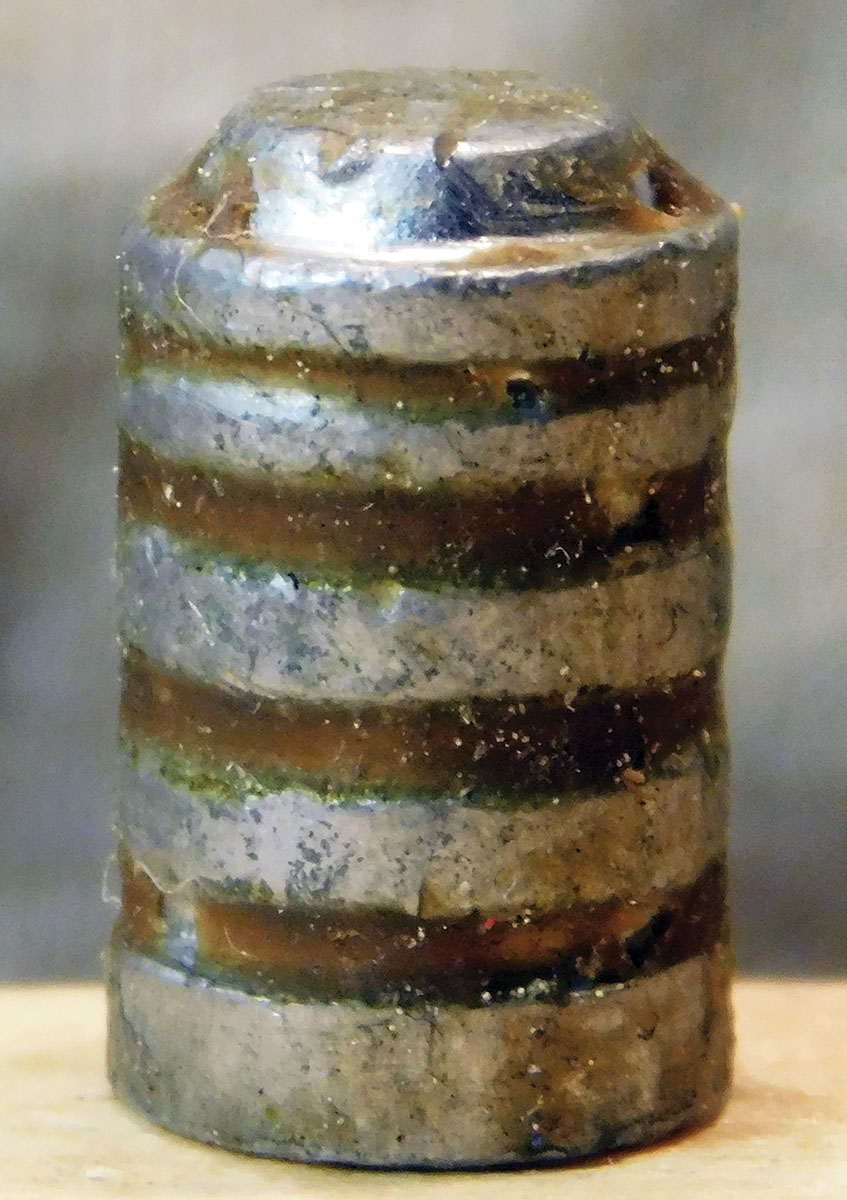
The Model 3 Russian model, with its distinctive finger hook under the trigger guard, proved to be a lucrative contract for Smith & Wesson. The 44 Russian cartridge went on to earn an enviable reputation for accuracy and maintained its niche as a premier target round until well after the rise of smokeless propellants. The success of the 44 Russian also led to a tectonic shift in cartridge and barrel designs.
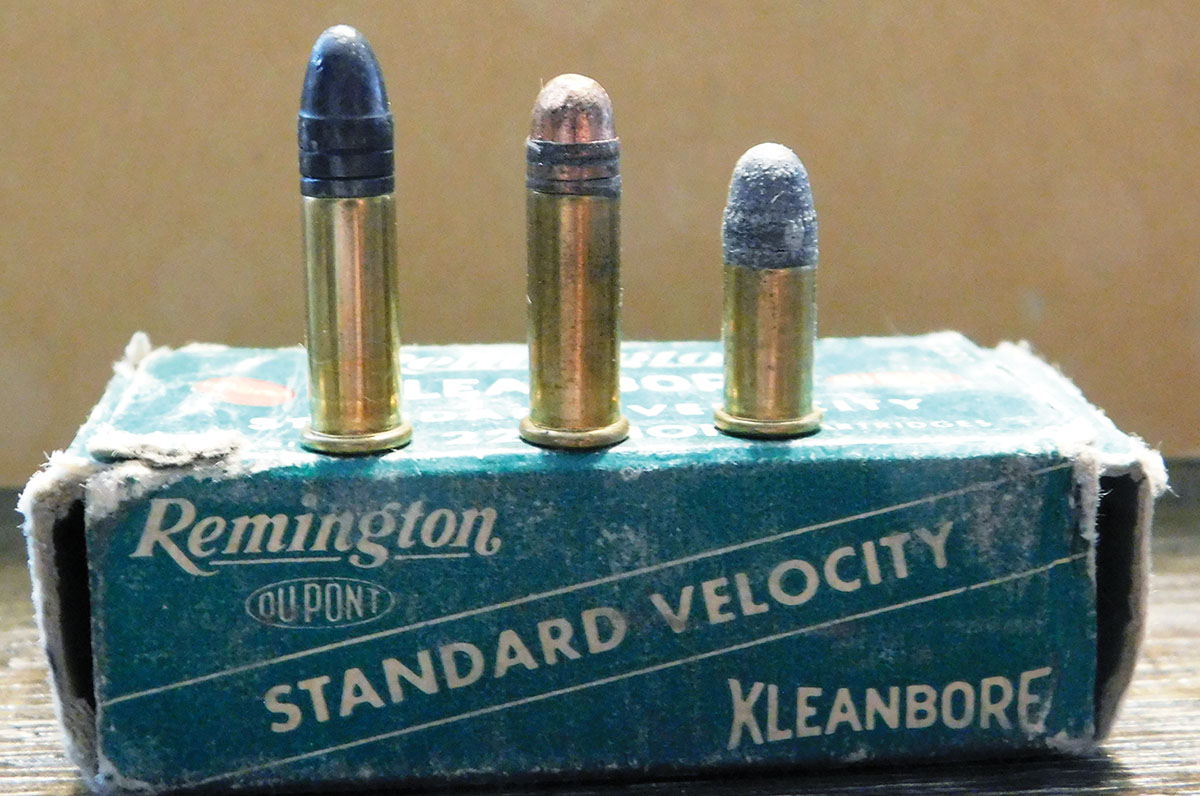
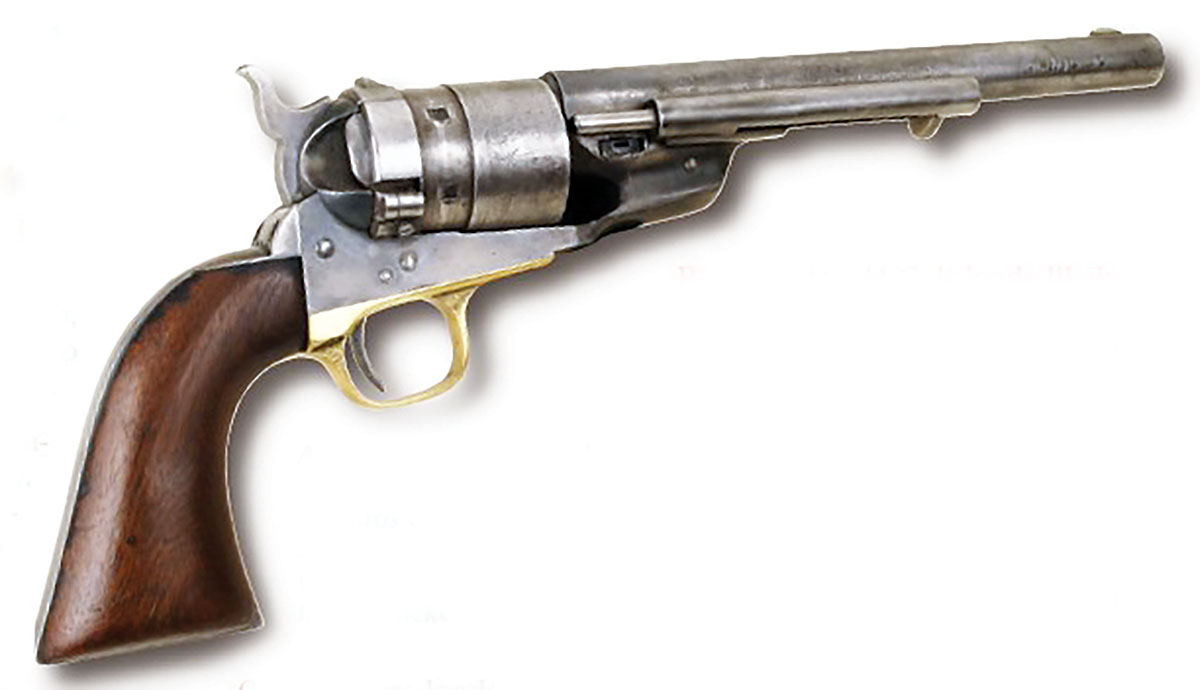
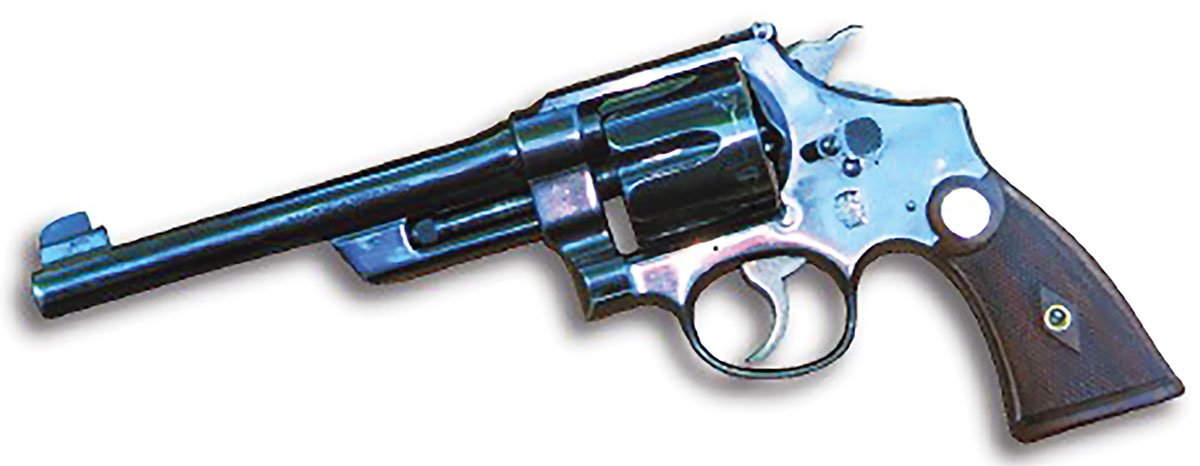
Fighting Caliber Confusion
Looking back, my friend, who is now a sitting district court judge, and his co-council are innately bright and well-educated men. They had simply been blinded by what they thought they knew: you can’t fire a 357 Magnum in a 38 Special. They had locked onto the .357-caliber bullet as being a prime indicator that it had been propelled by a 357 Magnum cartridge. The truth is that using caliber alone to describe a cartridge is quick, easy and commonly done. It is also bad practice, especially for handloaders and it should be avoided.
